Jinlong Gong and co-workers provide novel insights into TiO2 co-doping for photocatalytic applications in their recent PCCP paper.
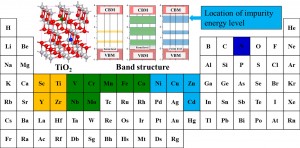
The group investigated the general trend of electronic properties of anatase TiO2 photocatalysts co-doped with transition metals and nitrogen using first-principles density functional theory. They found that the absorption edges of TiO2 are shifted to the visible-light region upon introduction of dopants, due to the reduced conduction band minimum and the formation of impurity energy levels in the band gap. They propose that co-doping systems such as (V, N), (Cr, N), and (Mn, N), which have impurity energy levels with significant bandwidths, are the most promising candidates for photovoltaic applications in the visible light range.
Read this HOT article today:
Understanding Electronic and Optical Properties of Anatase TiO2 Photocatalysts co-doped with Nitrogen and Transition Metals
Qingsen Meng, Tuo Wang, Enzuo Liu, Xinbin Ma, Qingfeng Ge and Jinlong Gong
DOI: 10.1039/C3CP51476E











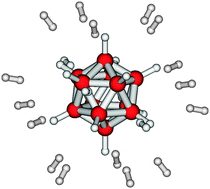
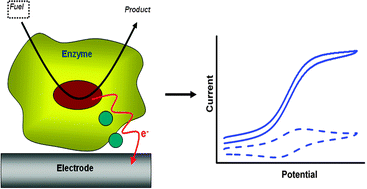

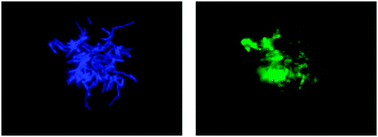
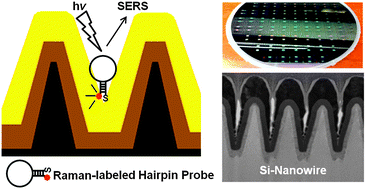
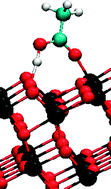 Sergei Manzhos and co-authors have calculated the anharmonic vibrations of the carboxyl group adsorbed on an anatase TiO2 surface in acetic acid. This is the first time vibrational spectra for different adsorption sites of an organic molecule have been computed and compared without neglecting anharmonicity and coupling of the attaching group. Their results are very valuable for the development of dye-sensitized solar cells because they identify the mode of adsorption of the dye on the semiconductor surface.
Sergei Manzhos and co-authors have calculated the anharmonic vibrations of the carboxyl group adsorbed on an anatase TiO2 surface in acetic acid. This is the first time vibrational spectra for different adsorption sites of an organic molecule have been computed and compared without neglecting anharmonicity and coupling of the attaching group. Their results are very valuable for the development of dye-sensitized solar cells because they identify the mode of adsorption of the dye on the semiconductor surface.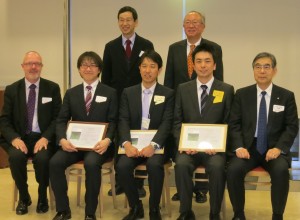
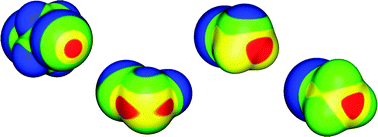
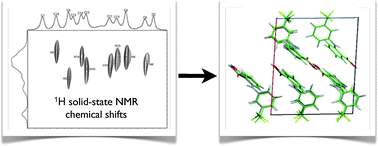 Structural characterisation of powdered solids remains a significant challenge in modern chemistry. Graeme Day, Lyndon Emsley and co-workers have used a combination of computational and solid state NMR approaches to determine the structures of powdered samples of small organic compounds.
Structural characterisation of powdered solids remains a significant challenge in modern chemistry. Graeme Day, Lyndon Emsley and co-workers have used a combination of computational and solid state NMR approaches to determine the structures of powdered samples of small organic compounds.